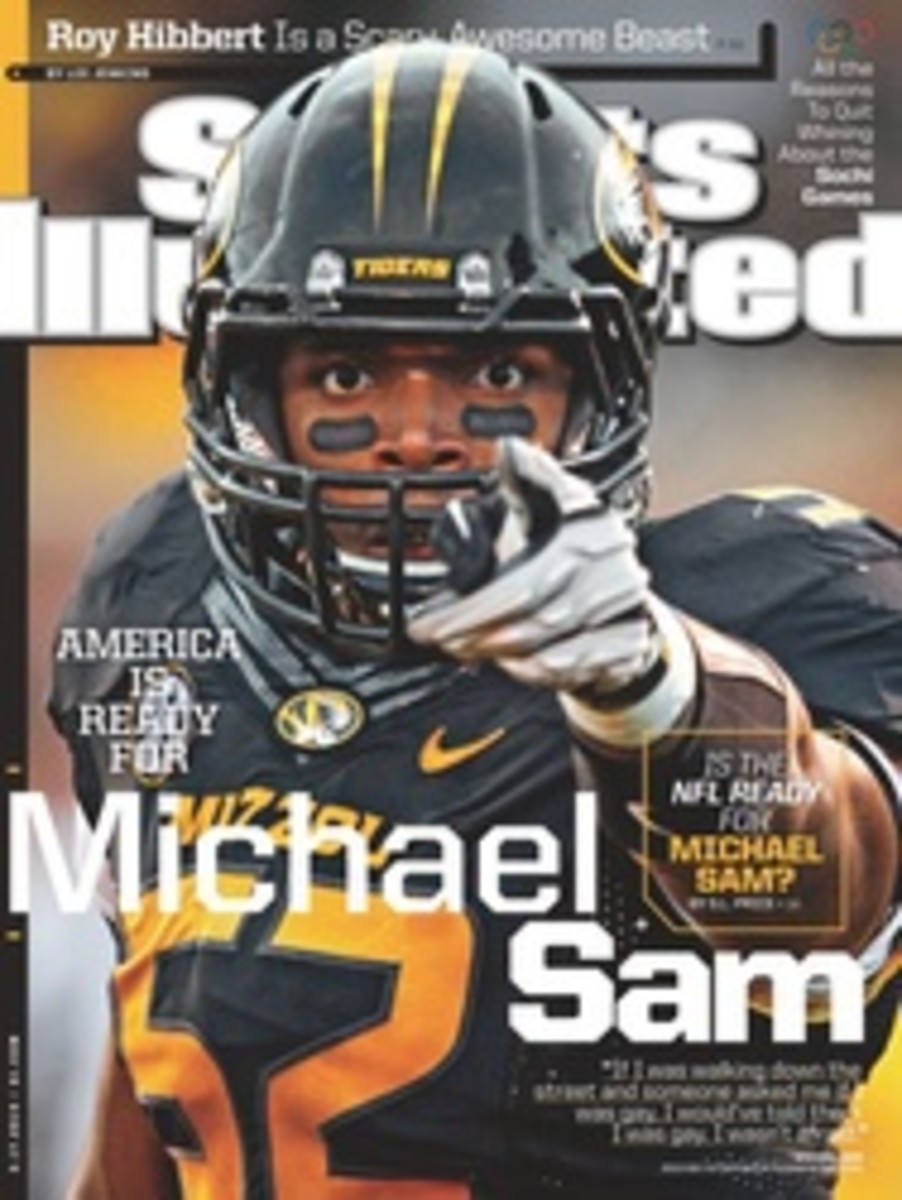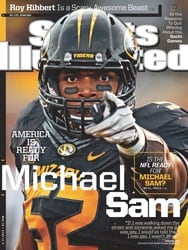
The Case for ... Ralph Kiner
There was nothing complicated about Ralph Kiner at the plate: hands back and up; feet shoulder-width apart; middle of the batter's box. He was 6'2" and 195 pounds, he had a hard, righthanded, uppercut swing, and he liked to pull the ball. If you wanted a home run hit between 1946 and '52, Kiner was the man to do it.
For seven straight seasons—his first seven in the majors, all with the Pirates—Kiner led his league in home runs. No one else, not Babe Ruth, not Barry Bonds, has ever done that. Kiner hit the ball out of the park once every 14.1 at bats, the sixth-best ratio ever. Moon shots, mostly. After he hit 54 homers in 1949, no National Leaguer matched that number until the Steroid Era.
"Home run hitters drive Cadillacs, singles hitters drive Fords," Kiner famously said. And at the rate he hit them—he finished with 369 in a 10-year career cut short by a back injury—he became the highest-paid player in the NL. Then, after belting just 22 long balls for the Cubs in '54, Kiner agreed to play for the Indians but only, he said, on the condition that they cut his $65,000 salary by the maximum allowable 25%. Another thing Kiner once said: "If you try to be fair in your dealings, other people will be fair with you."
There were also 1,015 RBIs, three seasons of leading the league in slugging percentage and a career on-base percentage just south of .400. He got into the Hall of Fame (in 1975, in his 15th year of eligibility and by just one vote), and if you want to call Kiner the most underrated power hitter in Cooperstown, you're on solid ground.
He was underrated in his second career too, as a broadcaster for the Mets, from the team's first season, in 1962, until last year. At 91 and long-weakened by Bell's palsy and a stroke, Kiner still came into the team's SNY TV booth from time to time and told you something you hadn't thought of. He liked to break apart what a good, high fastball could do to a hitter.
It's true that he was given to malapropisms (his mid-1980s broadcast partner Tim McCarver became, quite often, Tim MacArthur) and to humorous misconceptions (an extended on-air insistence that vichyssoise is a "Russian soup"), but he was no Yogi Berra, nor was he one to pull a gag. He could be critical but was never mean. Frank, not blunt. He left no doubt he was pulling for the home team but never waved the flag. Kiner's wit was vintage deadpan. A man who in his playing days had dated movie stars—Liz Taylor, Janet Leigh—and who liked to smoke a big cigar in the booth, seemed qualified to make observances like: "Some young players who visit New York find that the only thing harder than a day game after a night game is a day game after a day game."
"Ralph was the most measured broadcaster I have ever been around," says Keith Hernandez, the mystical SNY color man. "I'm more impulsive. I have to curb that. When I try to get myself to stop that knee-jerk reaction, I think of Ralph."
Hernandez, a Cardinals first baseman before becoming a Met in 1983, was among the hundreds of players who appeared on that first-of-its-kind postgame show, Kiner's Korner, a casual sit-down conversation introduced by a polka theme song. Players never missed the chance to talk baseball with Ralph—he always asked for the star of the game and before getting started, handed his guest a $100 bill.
Kiner, married four times and the father of five, died with his family around him at his home in Rancho Mirage, Calif., last week. He had spent 72 years in pro baseball, hitting home runs like no one else and then describing them, in the simple, classic phraseology—and that truly defines a Kinerism—that Mets fans will still hear echoing when someone hits one out at Citi Field this year: "Going, going, gone, good-bye."
The most under-rated slugger in the Hall was also under-rated in his second career, in the Mets' booth.
PHOTO
BETTMANN/CORBIS

